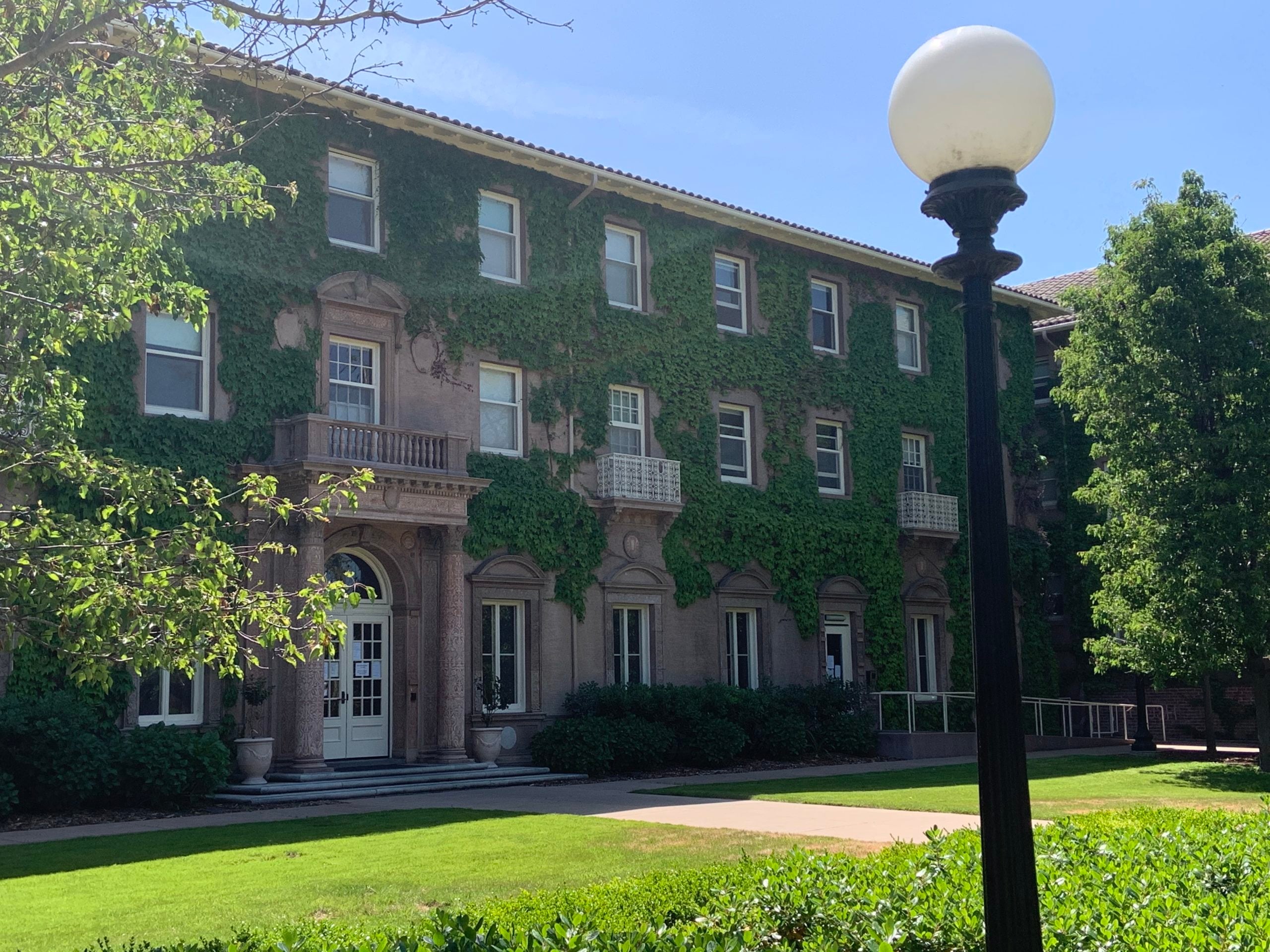Students faced significant housing changes during the 2024-2025 school year, which saw the return of four-person rooms known as quads in Roble Hall. Escondido Village Graduate Residences Building A also had less undergraduate options as it is being transitioned back to graduate-only housing.
Many students now living in quads said they find it hard to live in such a tight space.
According to the Stanford Report, Stanford’s Residential and Dining Enterprises has began to transition EVGR this year by decreasing the amount of available undergraduate space in the building, which will continue to decrease in subsequent years until it is fully returned to graduate housing. Before the COVID-19 pandemic, only graduate students lived in EVGR-A.
For Chhavi Nahata ’26, a current EVGR-A resident, the plan to phase out apartment-style living for undergrads who had hoped to gain access to better living arrangements is a disappointment.
“I hope more undergrads can experience EVGR because it’s genuinely good housing, and the dorms are not good. They need to be newer like EVGR,” Nahata said.
Tooba Riaz ’26, who lived in EVGR-B over the summer, said “the problem is with the current undergraduate housing system.”
Riaz said she doesn’t think the problem is that housing is kicking out undergraduate students from graduate student housing, but rather, she views the issue as there being no adequate replacement.
Jocelyn Breeland, R&DE’s chief communications officer, wrote to The Daily that while they are phasing out undergraduates from EVGR-A, they will still ensure undergraduates get housing.
“With an increased number of undergraduates post-pandemic, the decision was made to bring back the quads in Roble to ensure there are sufficient bed spaces in undergraduate residences,” Breeland wrote.
Breeland wrote there is no direct correlation between undergraduate assignments in EVGR-A and Roble room configurations. Undergraduate housing assignments involve several factors, such as the number of available spaces in undergraduate dormitories, the size of the undergraduate population and the increased demand for housing after the COVID-19 pandemic, she wrote.
Adjusting to the four-person rooms has been a challenge for students like Sienna Robinson ’27. She had originally wanted to live in a one-room double in either Meier or Norcliffe, but ended up with a quad in Roble. She said she has felt the “claustrophobia” of her living situation kick in.
“The beds are literally touching, so my roommate’s feet and my head are one foot away from each other when sleeping at night,” Robinson said. She said it is uncomfortable to sleep that close to someone and that it can be difficult because of the lack of privacy.
Lula Jackson ’27 also had a similar experience when she moved in. She said she had a “mini-meltdown” when she first moved into Roble and initially thought she had made a mistake in trying to live on West Campus. She said the beds were touching each other, but since she’s bunked them, she was able to create some space. The room is still very tight and has limited storage space, Jackson said.
Students like Angelina Ambrosiou ’27 joined the housing portal during their gate times to find that a Roble quad was the only available option. When she moved in, she found that the door to her sink could not fully open because a bed was partially blocking it.
Ambrosiou was shocked when she first walked in and saw how cramped it was. She said she could definitely tell that the sizing was meant for a three room double.
Not all quads were a claustrophobic last resort, however. In Toyon, larger quad rooms draw social students such as Ahmed Zafar ’27.
“In Toyon, the quads are actually bigger than the other rooms,” Zafar said. Privacy, however, is a pretty big challenge because alone time is scarce, he said.
“I wanted to meet more people during sophomore year so I thought a quad would help me accomplish that,” Zafar said.
